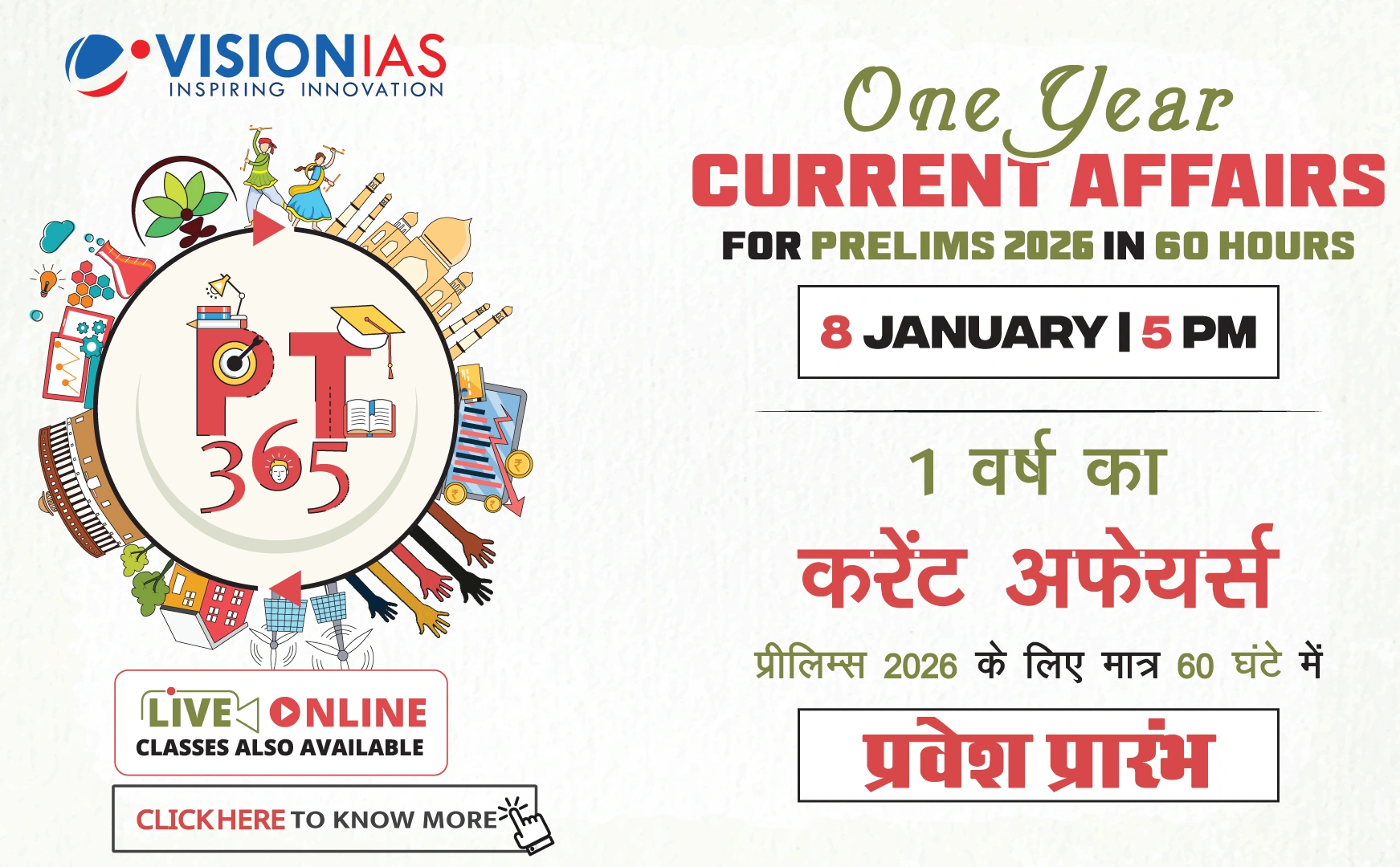Challenges Faced by Women in Science
Women in science face various barriers starting from a young age. These include limited access to quality education and gender norms discouraging their pursuit of STEM fields. Even for those who overcome these initial hurdles, societal expectations often force them to prioritize family over careers, impacting their professional growth.
- Gender stereotypes affect hiring, promotions, and funding opportunities.
- Harassment and discrimination in academia create hostile environments, leading to higher dropout rates among women.
- Globally, including in India, women in STEM have higher attrition rates due to non-inclusive workplaces and work-life balance challenges.
Impact of Attrition Rates
Higher attrition rates lead to fewer women in senior roles and reduced access to professional networks. The transition from postdoc to faculty is particularly challenging, with factors like familial responsibilities and lack of role models playing significant roles.
The Importance of Retaining Women in STEM
Diverse teams enhance creativity and innovation, with more women in science serving as role models and ensuring equitable contributions to scientific progress. The "Matilda Effect" and the "leaky pipeline" metaphor highlight the historic and ongoing struggles for women in STEM.
- The more recent "Chutes and Ladders" model emphasizes systemic barriers such as mentorship gaps and career disruptions.
Current Scenario in India
In a 2020-21 survey, women represented merely 17% of faculty across fields, with even lower percentages in senior positions. Women scientists are under-represented at conferences and in career-enhancing activities.
Recommendations for Improvement
- Institutions need to implement flexible work options and affordable childcare.
- Public recognition of both achievements and setbacks is crucial to inspire future generations and address stereotypes.
- Strategies should include mentorship networks and support for career re-entry after breaks.
Government Initiatives
Significant steps have been taken by the Indian government to advance gender equity in STEM:
- The Department of Science and Technology (DST) launched the GATI pilot in 2020.
- Programmes like WISE-KIRAN and the Women Scientists Scheme (WOS) support women in STEM.
- The Department of Biotechnology's BioCARe programme aids women scientists returning after career breaks.
These initiatives need to be expanded to ensure comprehensive recognition, empowerment, and valuation of women scientists. Such inclusion is not only fair but also sets a global example of true progress.



